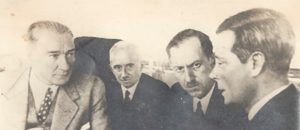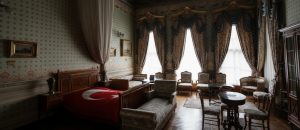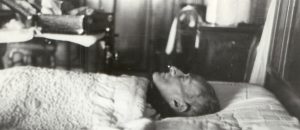Chronicles of the Court
The Untold Stories of Power, Intrigue, and Legacy
from Dolmabahce Journal
Beyond the gilded treasures and silent halls lies the soul of the Empire. Here, in our Dolmabahce Journal, history breathes.
We unseal forgotten decrees, listen to the whispers of the Harem, and trace the legacies of the figures who shaped the world with ambition, art, and power. This is where the walls speak.
The Shadow Sultan
Sultan Abdülhamid II ruled not only with decrees, but with a web of unseen eyes and ears that stretched across the globe.
From his secluded palace, he managed one of history’s most sophisticated intelligence networks, a labyrinth of spies, informants, and secret reports. This is the story of a Sultan who trusted no one, saw everything, and held an empire together with fear and information.
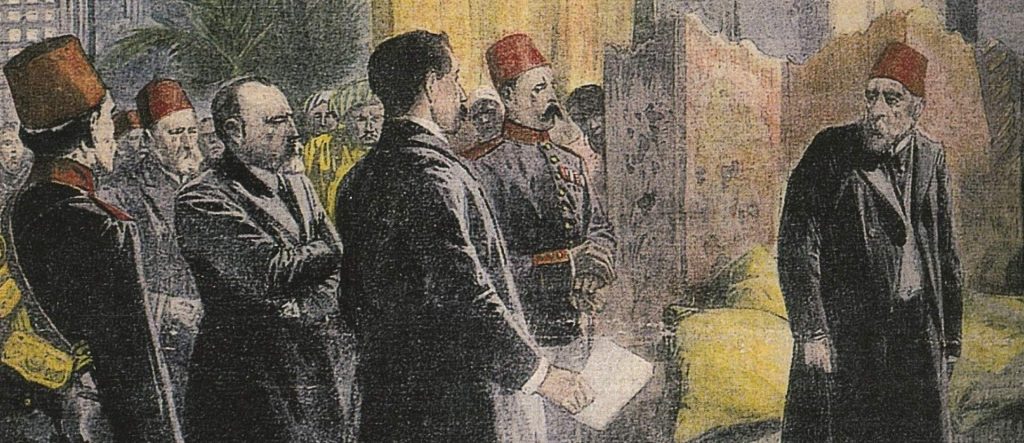
The Sultan’s Unseeing Eyes: Sultan II Abdülhamid’s Spy Network and the Intelligence Web Managed from the Palace

The Imperial Archives by Topics
The history of an empire is vast. Here, its chronicles are ordered for your command. Select a subject below to instantly access a curated collection of stories, artifacts, and insights dedicated to a specific facet of Dolmahbahçe Palace.
Enrich Your Exploration

Medicana: A Legacy of
Health
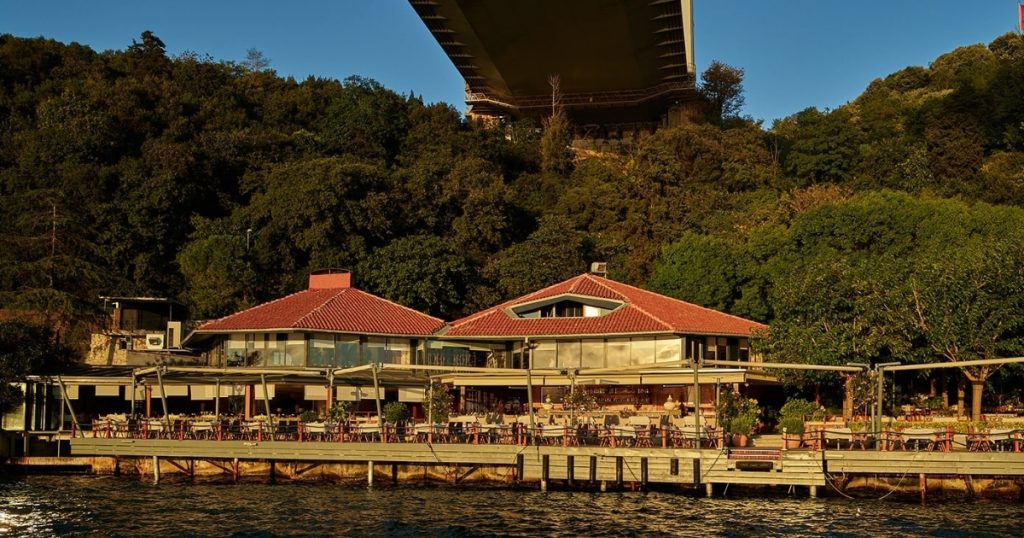
Lacivert: Your Bosphorus Table
The Stone Body of the Empire
Where Ambition is Carved in Marble
Here, we decipher the language of imperial architecture. From the grand symbolism of the state apartments to the intimate whispers of the Harem’s hidden gardens, discover how stone and crystal were forged into the Empire’s final, defiant statement to the world.
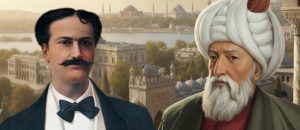
Sinan vs. The Balyans: Why Did Ortaköy Mosque Challenge Mosque Architecture?
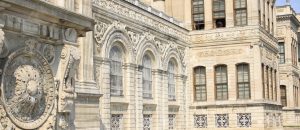
From Marble to Egypt: The Imperial Journey of the Materials that Built Dolmabahçe
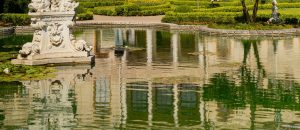
Nature Drawn with a Ruler: How Did Dolmabahçe Gardens Change the Ottoman Understanding of “Paradise”?
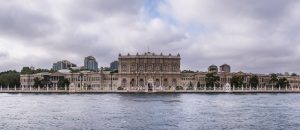
The Bosphorus Stage: How the Balyans Shaped Istanbul?
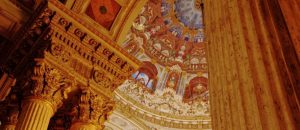
Ceilings and Columns: Dolmabahçe Interior Architecture is a Display of Power
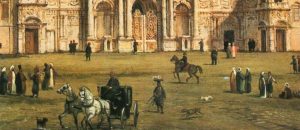
The Two-Faced Palace: The Political Story of Dolmabahçe’s Facades

Entering the Empire: The Language of Power in Dolmabahçe’s Gates
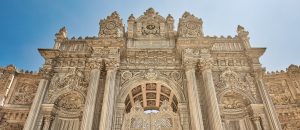
More Than Marble: Why Dolmabahçe’s Architecture Was a Message
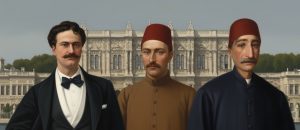
The Balyan Signature: How One Family Designed the New Face of an Empire

Figures of an Era: The Shapers of Transformation
Power is more than a throne. It is the ambition of Sultans who filled these halls with pianos and crystal; the grace of princesses learning French; the genius of architects who built a European dream on the Bosphorus; and the silent strength of mothers who witnessed an empire’s magnificent, final transformation. These are their stories.
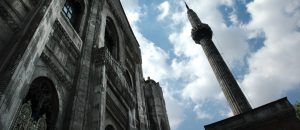
A Mother’s Power Struggle: Pertevniyal Sultan’s Ordeal with Reforms
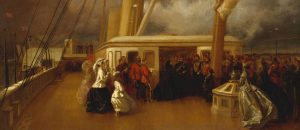
Passion for Art: How Sultan Abdülaziz Transformed Dolmabahçe into a Cultural Ambassador?

Piano and French: Growing Up as an Ottoman Princess in Dolmabahçe Palace
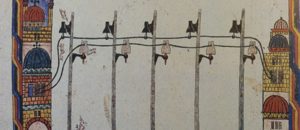
Telegraphers, Photographers, Machinists: The Hidden Heroes of Dolmabahçe’s Modern Face
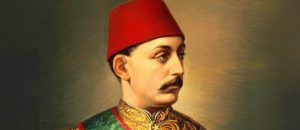
The 93-Day Sultanate: The Tragic Story of Murad V, the Forgotten Sultan of Dolmabahçe
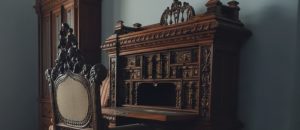
The Carpenter Sultan and His Passion for Detective Fiction: Sultan Abdulhamid II’s Palace Workshop and His Love for Detective Novels
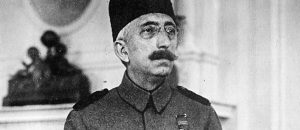
The Last Farewell: Vahideddin’s Departure from Dolmabahçe and the End of an Empire
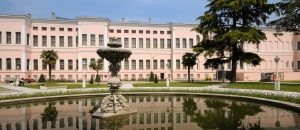
The Last Queens of the Harem: Why Valide Sultanate at Dolmabahçe Was Not Like Kösem and Hürrem
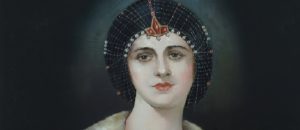
The Last Valide Sultan: Rahime Perestu and the Silent Farewell of a Tradition.
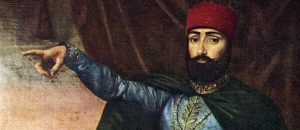
The Price of a Dream: Why Sultan Abdülmecid Built Dolmabahçe and What It Cost the Empire

The Throne Exists, Power Does Not: Sultan Reşad’s Representative Role in Dolmabahçe
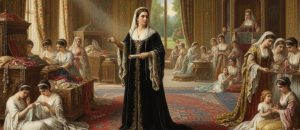
The Valide Sultan’s Eyes and Ears: The Behind-the-Scenes Power of the Chief Kalfa Who Managed the Harem
Your Imperial Story Begins Before You Land
Turkish Airlines: Your Journey to the Empire’s Gates
The journey to the heart of the empire deserves a beginning worthy of its destination.In the spirit of world-class travel, we salute the storytellers who capture the soul of Istanbul.
Watch this stunning tribute, and see where your own story will begin.

The Hall of Whispers and Decrees
Step into the political heart of the 19th-century Ottoman Empire. In these very rooms, behind gilded doors, ambassadors waited, treaties were debated, and the fate of nations was decided not with the clash of swords, but with the stroke of a pen.
Explore the high-stakes world of imperial diplomacy, where a single word could change the map.
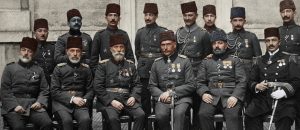
The Last Guests in the Twilight: Visits of World War I Allies to Dolmabahçe Palace
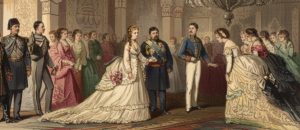
Ambassadors and Emperors: How Did a State Visit Protocol Work in Dolmabahçe Palace?
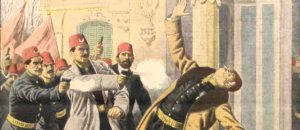
The Bâb-ı Âli Raid: How the Rule of the Three Pashas Seized Power from the Palace and the Government?
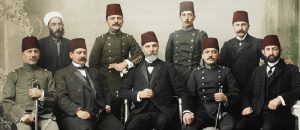
The Colonels of “The Sick Man”: Mahmud Şevket Pasha and the Entry of an Army into Politics
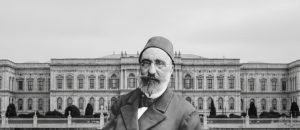
The Man Who Wrote the Constitution: Mithat Pasha’s Rise and Tragic Fall
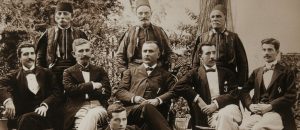
The Sultan’s Bankers: The Galata Bankers Who Managed Dolmabahçe’s Luxury and the Empire’s Debts
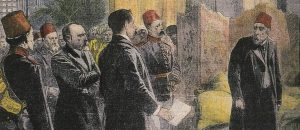
The Sultan’s Unseeing Eyes: Sultan II Abdülhamid’s Spy Network and the Intelligence Web Managed from the Palace
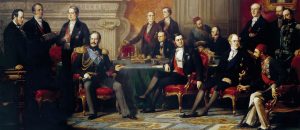
The Empire’s Last Diplomats: How Âli Pasha and Fuad Pasha Won Wars with the Pen
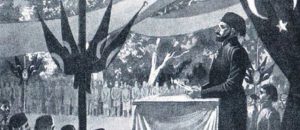
Not the Sultan’s Servant, but the Architect of the State: How the Grand Vizierate Became More Powerful Than the Palace in the Dolmabahçe Era
A Recommemded Reading
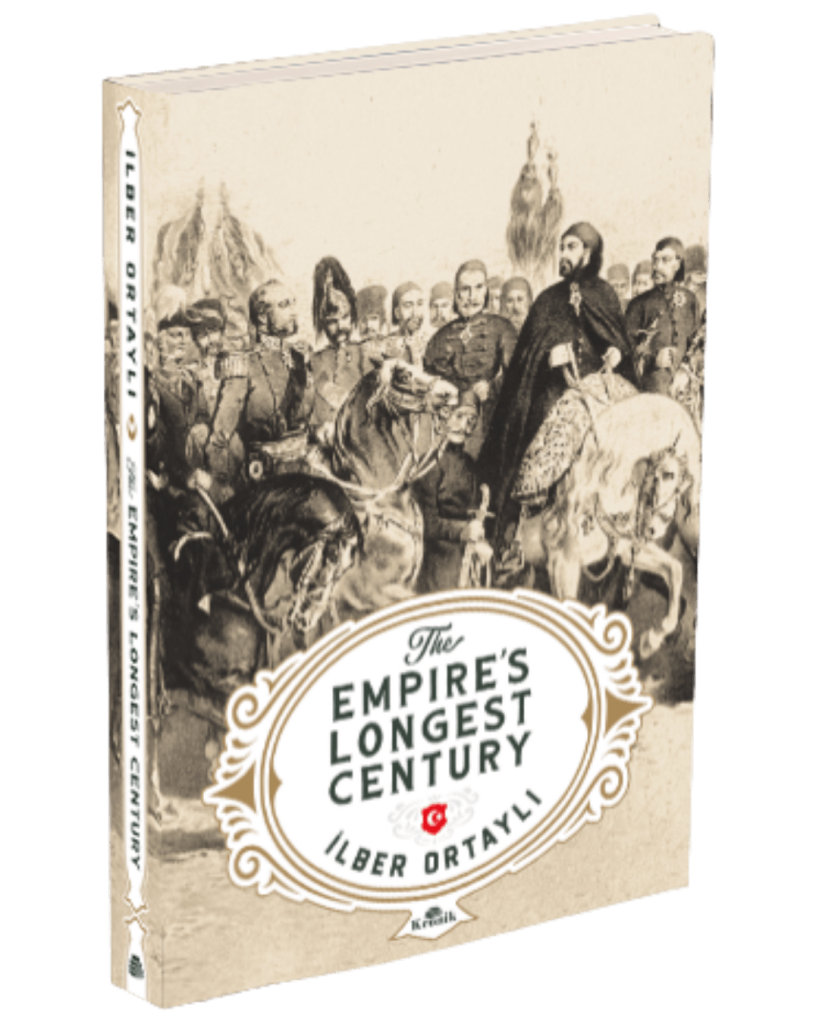
The Testament of an Era
Professor İlber Ortaylı's masterwork, "The Empire's Longest Century," is not merely a history book; it is the essential key that unlocks the meaning behind every crystal chandelier and gilded hall. It is the story of the will that built this palace.

The Rhythms of Life Within the Palace Walls
Behind the grand ceremonies and political theater, the palace was a world unto itself. Discover the daily rituals of the Imperial Family, the strict etiquette of the court, the education of the princes, the secret pastimes of the Harem, and the art and music that filled these halls.
This is the story of the human heart beating within the stone body of an empire.
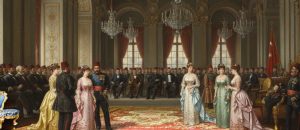
Ballroom Instead of Sini (Tray/Serving Table): How Dolmabahçe Architecture Transformed Centuries-Old Palace Ceremonies?
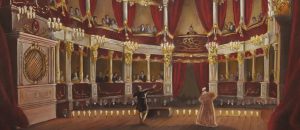
The Curtain Rises: Constructing a Palace Theatre in Dolmabahçe and Staging Opera for the Sultan
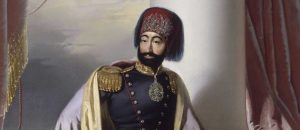
Fez, Frock Coat, and Robe de Chambre: Changing Palace Fashion and the Clothing Revolution in Dolmabahçe Palace
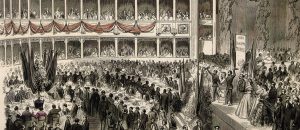
The Western Notes of the Palace: Operas Played by Muzıka-i Hümayun Musicians for the Sultan
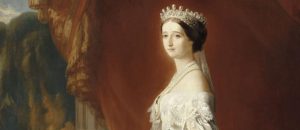
An Empress on the Bosphorus: How Eugénie’s Visit to Dolmabahçe Palace Enchanted Istanbul and the Court
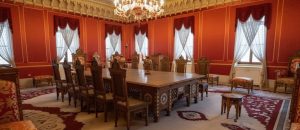
The Clatter of Cutlery: How the Dolmabahçe Dining Table Changed Centuries of Ottoman Eating Habits
Where the Empire's Power Was Made Visible
The collection housed within Dolmabahçe is not an assembly of treasures; it is a declaration forged in crystal, gold, and silk.
Witness the celestial gleam of the world’s largest Baccarat chandelier, trace the intricate threads of imperial Hereke carpets woven to rival any in Europe, and stand before the epic canvases of Ivan Aivazovsky. Every object here is a testament to an empire’s final, magnificent vision of itself.
Thrones, Armchairs, and Consoles: How Dolmabahçe’s Furniture Redefined Power and Comfort?
The New Language of Firmans: How Dolmabahçe’s Writing Sets and Library Narrate Modern Bureaucracy?
History Written with Gifts: Dolmabahçe’s Diplomatic Treasures from Foreign Leaders
The Elegance of the Sultan’s Table: Sèvres and Baccarat Sets Bringing Parisian Chic to Dolmabahçe
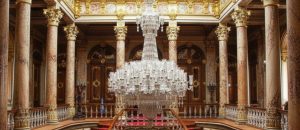
The Crystals of Diplomacy: Dolmabahçe’s Chandelier Collection and Glittering Messages
The Palace’s Porcelain: The Birth of the Yıldız Tile Factory, the Second National Brand After Hereke
Masters of Time: Dolmahçe’s Clock Collection are the Tick-Tock Sounds of Westernization
An Empire Laid on the Floor: Hereke Carpets, the Birth of an Art and Industry Brand in Dolmabahçe
A Revolution on the Wall: How Dolmabahçe’s Painting Collection Buried the Miniature
The Palace's Most Sacred Legacy
This palace, once the heart of a dying empire, was destined for one final, sacred purpose: to serve as the last home and eternal sanctuary for the founder of the Republic, Mustafa Kemal Atatürk.
It was within these walls that he spent his final days, not as a conqueror in a vanquished court, but as a father shaping his nation’s future. Walk the halls where he worked, and stand in silent reverence before the room where, at 9:05 on November 10, 1938, his heart stopped, and his legacy became eternal.
Majesty Without Barriers
The grandeur of an empire is measured by its grace. We believe the soul of Dolmabahçe Palace belongs to everyone.
This is our promise: every guest, regardless of mobility, will experience the full splendor of the court. Discover the pathways crafted for comfort and dignity, ensuring that your journey into our history is as seamless as it is unforgettable.

Accessible Palace: Guide to Visiting Dolmabahçe with a Wheelchair and Stroller
Your Imperial Compass
Your journey, perfected.
In Imperial Journal you can find practical guides, insider tips, and curated routes to make your visit to the palace—and the city of Istanbul—truly unforgettable.
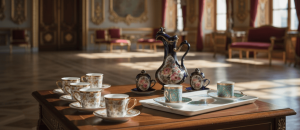
A Souvenir from the Palace: The Art of Choosing a Keepsake That Will Make Your Dolmabahçe Visit Meaningful
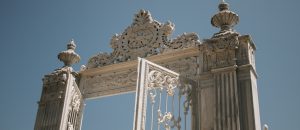
Through a Curator’s Eyes: 5 Tips for Not Just Visiting, but ‘Reading’ Dolmabahçe Palace
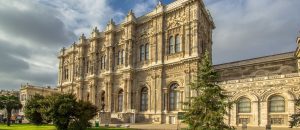
Capturing the Moment, Telling the Story: A Curator’s Guide to Photographing Dolmabahçe Palace

Dolmabahçe for Young Explorers: Hunting the Change of an Empire in the Palace
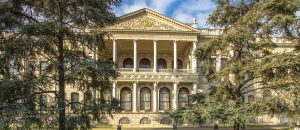
Selamlık and Harem: A Guide to Navigating the Sultan’s Two Different Worlds in Dolmabahçe

The Curator in Your Pocket: How to Enrich Your Dolmabahçe Palace Visit with a Mobile App and Audioguide?
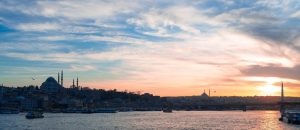
A Stroll in the Palace Orbit: Discovering the Imperial Heritage Around Dolmabahçe

Peaceful Moments in the Palace: Curator Tips for Avoiding Crowds, Capturing the Best Light, and Smartly Purchasing Your Ticket
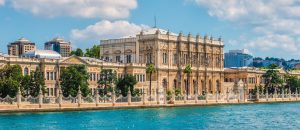
The Mirror of the Palace: Why is Dolmabahçe’s Location on the Bosphorus, and What Does This Mean?
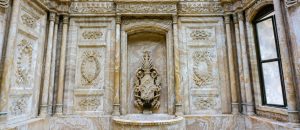
Through the Collector’s Eye: A Tour Following Only Artworks or Clocks in Dolmabahçe

Following the Sultans’ Footsteps: Transportation Guide to Dolmabahçe Palace by Sea and Land

You Have Seen Topkapı. Now, A Guide to Understanding Dolmabahçe
FAQ: Frequently Asked Questions about Modern Ottoman Empire
Why did the Sultans leave Topkapı for Dolmabahçe Palace?
The move symbolized a monumental shift. Topkapı Palace, a medieval labyrinth, no longer met the needs of a 19th-century state striving for modernization.
The Sultans required a new, European-style residence like Dolmabahçe to conduct modern diplomacy, host foreign dignitaries in a familiar setting, and project an image of a contemporary, Western-oriented monarchy.
What were the "Tanzimat Reforms," and how are they connected to the palace?
The Tanzimat Reforms were a series of ambitious modernization efforts in law, administration, and the military, designed to revitalize the struggling empire.
Dolmabahçe Palace is the architectural manifesto of this era—a physical, grand statement of the empire’s commitment to Westernization, centralization, and reform.
How did Western culture influence daily life and art in Dolmabahçe Palace?
Western influence was profound. The strict seclusion of Topkapı’s Harem gave way to a more European-style court life. French became a language of the elite, court musicians played Western classical music on pianos, and the vast walls were adorned not with traditional tiles, but with oil paintings by European and Ottoman artists, creating a unique cultural synthesis.
Who were the Balyan family, and what defines their unique architectural style?
The Balyans were a dynasty of prominent Ottoman-Armenian architects who served as the Imperial Architects for generations. Their signature style, perfectly embodied in Dolmabahçe, was a masterful eclecticism, blending grand European forms like Baroque, Rococo, and Neoclassical with distinct Ottoman details to create a new, uniquely imperial aesthetic.
Was Dolmabahçe Palace a factor in the Ottoman Empire's financial decline?
Yes, its immense cost was a significant factor. Financed largely through foreign loans, the palace’s construction placed a colossal burden on the imperial treasury. Its unparalleled luxury became a dual symbol: on one hand, the empire’s enduring splendor, and on the other, the unsustainable spending that contributed to its eventual bankruptcy.
How was the Harem in Dolmabahçe different from the one in Topkapı?
The difference was a shift from a political center to a royal household. Topkapı’s Harem was a powerful institution where women could wield immense political influence. Dolmabahçe’s Harem was structured more like a European royal family’s private residence, focused on protocol, dynastic life, and the modern education of the princes and princesses.
Why is Atatürk so closely associated with Dolmabahçe Palace?
After the fall of the empire, Dolmabahçe became the Istanbul presidential residence for Mustafa Kemal Atatürk, the founder of the Turkish Republic.
He used it for state functions and as his summer home. Critically, it is where he spent his final days, passing away on November 10, 1938, forever cementing the palace in the heart of the Turkish nation as a place of national pilgrimage.
Who was the most influential Sultan of the Dolmabahçe era?
While Sultan Abdülmecid commissioned the palace, Sultan Abdülhamid II was arguably the most politically influential.
He ruled for 33 years from the nearby Yıldız Palace but used Dolmabahçe for ceremonies. His reign defined the empire’s final, turbulent decades, marked by immense political tension, technological modernization, and a struggle to hold the empire together.
Did the art collections change when the court moved to Dolmabahçe?
Absolutely. The vast, high-ceilinged halls of Dolmabahçe demanded large-scale art. The traditional arts of miniature painting and calligraphy, perfect for Topkapı’s intimate chambers, were largely replaced by a grand collection of oil paintings, many commissioned from European artists like Ivan Aivazovsky, reflecting the new imperial taste.
What was the palace's role during the final years of the Ottoman Empire?
It served as the symbolic and ceremonial heart of a declining empire. It was from Dolmabahçe that the last sultans witnessed the loss of territories, navigated the political turmoil of the Young Turk Revolution, and ultimately saw the end of their 600-year-old dynasty.
The palace was the final, magnificent stage for the last act of the Ottoman Empire.







